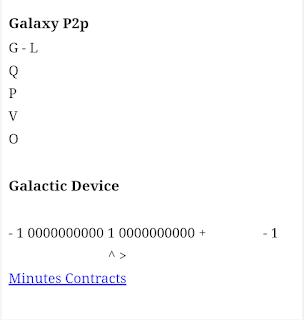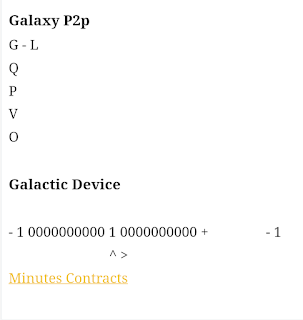Quantum Nature of Electrons – Deep Dive
1. Electron = Wave + Particle
At the quantum level, an electron is not just a particle flying through space like a marble.
Instead:
- It's described by a wavefunction: a mathematical object (usually represented as Ψ) that tells you the probability of finding the electron in a given place.
- Until you observe it, the electron doesn't have a specific location — it's smeared out across space.
- Once you measure it, the wavefunction "collapses" and the electron appears at a point.
This is what gives rise to phenomena like:
The Double-Slit Experiment
- Fire one electron at a time at a barrier with two slits.
- If you don’t observe which slit it goes through: it behaves like a wave, interfering with itself — you get an interference pattern.
- If you do observe the slit: the interference disappears — it acts like a particle.
Conclusion: The act of measurement affects reality. Mind-bending stuff.
2. Electron Orbitals – Not Orbits
Forget the Bohr model (electrons orbiting like planets). In modern quantum mechanics:
- Electrons live in orbitals: regions around the nucleus where the probability of finding them is high.
- Each orbital has a shape — s (sphere), p (dumbbell), d (cloverleaf), etc.
- These are derived from solutions to the Schrödinger equation — the fundamental equation for quantum particles.
Fun twist: Electrons don't move in paths — they exist as a probability cloud around the nucleus.
3. Spin – Intrinsic Angular Momentum
Electron spin is a quantum property — but it’s not actual spinning like a ball.
- It's more like a built-in “twist” of the electron's quantum field.
- Spin has only two measurable states: +½ or –½ (aka "up" or "down").
- It's responsible for:
- Magnetism (electrons with aligned spins create magnetic fields)
- The Pauli exclusion principle (no two electrons in the same atom can have the same set of quantum numbers)
Spin is deeply related to quantum statistics — electrons are fermions, and they obey Fermi-Dirac statistics, which give rise to the structure of matter.
4. Electrons Are Quantum Field Excitations
In quantum field theory (QFT), things go even deeper:
- Electrons aren't "things" in space — they are excitations in the electron field.
- The universe is filled with fields (electron field, photon field, Higgs field...).
- An electron is a quantized ripple in the electron field, just like a photon is a ripple in the electromagnetic field.
This view makes sense of antimatter too: a positron is just a ripple in the same field, but with opposite charge.
5. Quantum Tunneling
One of the coolest behaviors:
- An electron can pass through a barrier that it doesn’t have enough energy to overcome, classically.
- It’s like a ball rolling over a hill it shouldn't have the energy to climb — but quantum-wise, there's a chance it just appears on the other side.
- This powers devices like:
- Flash memory
- Fusion in stars
- Scanning tunneling microscopes (STM) that let us "see" individual atoms
6. Superposition and Entanglement
- Superposition: An electron can exist in a blend of states — like spin up and spin down — until measured.
- Entanglement: Two electrons can become linked, so that measuring one instantly determines the state of the other — even if they're light-years apart.
- This has been experimentally proven (Bell’s Theorem) and is part of the foundation of quantum computing.
TL;DR — Electrons Are:
- Not points, but probability waves
- Excitations of a quantum field
- Able to tunnel through barriers
- Governed by uncertainty and entanglement
- Held in orbitals with specific quantum energy levels
- Creators of magnetism, matter structure, and technology
If you want, I can sketch out how an electron behaves mathematically (like the Schrödinger equation), or show how all this applies to quantum computing, chemistry, or nanotech. Where should we go next?







0 Comments